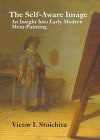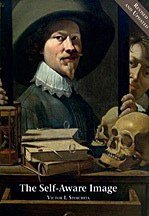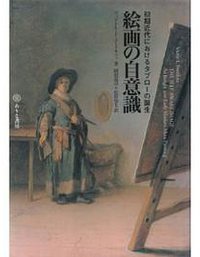The Self-Aware Image
Douban
An Insight into Early Modern Meta-Painting
Victor Ieronim Stoichita translator: Anne-Marie Glasheen
overview
Victor Stoichita challenges the received ideas about the linear progression of Western painting, from the Renaissance, through Mannerism to the Baroque. Eschewing questions of style, he focuses instead on the painting as a framed, transportable, and marketable object that is a specifically modern artistic medium. Arguing that panel painting, from its origins in the Early Renaissance, was a 'self-aware image', Stoichita demonstrates that the artist and his art was often the theme of the painting. He also examines the mirror effect and other 'splitting' strategies such as the mise en abime and intertextual play. By analysing these modalities of self-reflection, Stoichita offers a new and unexpected view of a period and the art it produced once considered to have been definitively classified.
contents
Introduction
Part I. The Surprised Eye
1. Embrasures
2. The birth of still-life as an intertextual process
3. Margins
Part II. The Inquiring Eye
4. Assemblage
5. The turning point of painting
6. The intertextual machine
Part III. The Methodical Eye
7. Paintings, maps and mirrors
8. Two images: the painter/the act of painting
9. The reversed painting
Notes
Bibliography
Index


